
Peaceful life in the ancient fishing village of Corricella.
Source of artistic inspiration
Procida is a small island with only about 10,000 inhabitants but has a long history, with its formation dating back to around the 15th century BC. Procida is also the first island to surpass 10 other prestigious candidates to become the Cultural Capital of Italy in 2022 - a title usually reserved for large cities, thanks to its distinct cultural appeal.
For movie lovers, even though they have never set foot there, they are fascinated by Procida because it was the main setting in classic Italian and Hollywood (American) films in the 1990s such as "Il Postino" ("The Postman") or "The Talented Mr Ripley". Before that, Procida was also an endless source of inspiration for the ancient Roman poet Virgil, or modern authors such as Elsa Morante - the female writer with the famous novel "Arturo's Island" ("Arturo's Island") which won the prestigious Strega Award, and was later adapted into a film.
Although it appears in many films and literature, when mentioning Naples, many tourists often think of Procida's "sister" islands, Capri or Ischia - major tourist centers in Naples. Procida is the smallest island in the area, only 3.7km2 wide, but has up to 16km of coastline with yellow tufa and gray basalt ranges, and pristine black sand beaches that create its own unique features. Importantly, the people here always maintain a peaceful pace of life, so Procida is very suitable for tourists who like to "live slowly" in a relaxing and healing space.
Colors of history and culture
The town of Procida is divided into 9 neighborhoods called “grancìe”, the most famous of which are Terra Murata - a medieval settlement, Corricella - a fishing village famous for its colorful houses, or Chiaiolella - a fishing village located in the south of the island... From locations around the Bay of Naples, it only takes 25 - 60 minutes by ferry or hydrofoil to reach Procida.
The atmosphere of history is always present in Procida, in the architecture, culture, narrow streets or fishing villages with colorful houses. The easiest way to get around Procida is to rent a scooter, bicycle or bus. Marina Grande port is where tourists land. The bus station is just a few steps away, so it is easy to catch a bus all over the island.
The first place visitors should set foot is the medieval fishing village of Corricella with its colorful houses stacked in layers and overlooking the sea, very romantic. Small stone-paved roads follow the slopes leading visitors to each house. While visiting, visitors will be immersed in the atmosphere of the fishing village, witnessing the locals preparing dishes from the "spoils" of the day's fishing or strolling on the streets with colorful fishing boats. Afterwards, visitors can stop at souvenir shops selling local handicrafts, enjoy seafood by the sea and don't forget to sip a glass of granita - a typical drink while admiring the perfect sunset like a postcard.
Terra Murata - a medieval stronghold, is the most historic corner of Procida, located at the highest point in the north of the island with the old town at an altitude of 90m above sea level. Time seems to have stopped in the narrow alleys and historical buildings. That is the monastery of San Michele Arcangelo, which honors the patron saint of Procida. Another notable building is the Palazzo D'Avalos palace, built in the 16th century - the residence of the Avalos family who once ruled the island, then converted into a royal palace and hunting lodge of the Spanish king Charles III. In 1815, it became a military academy and then a prison, which was closed in 1988. There are still two cannons dating from 1536 and 1799. Today, Palazzo D'Avalos has become a museum and a hotel that attracts tourists.
Via Roma, Procida’s main street, right near the port, is a great place for lunch. Don’t forget to enjoy an espresso with lingua di suocera, Procida’s traditional puff pastry. Next, visit the 18th-century church of Santa Maria della Pietà with its Baroque bell tower; or the unique lemon-yellow church of Santa Maria delle Grazie, built in 1679.
Located in the southern part of Procida is Marina Chiaiolella - another fishing village famous for its volcanic sand beaches, harbor and restaurants specializing in traditional dishes. From the port of Chiaiolella, visitors can choose to tour around the island by yacht combined with experiences such as diving, sunbathing, visiting neighboring islands and watching the sunset. There are many options for visitors with prices ranging from affordable to high-end. The friendliness and thoughtfulness of local guides help visitors feel secure to immerse themselves in the life and nature here to enjoy rare peaceful moments.
If you are a keen hiker , take a day trip to Vivara, a crescent-shaped island 3km from Procida and connected by a bridge. Vivara, along with Procida and Ischia, is part of the Il Regno di Nettuno Marine Reserve, which is rich in marine flora and fauna, with large dolphin pods and underwater archaeological sites – a must-see diving spot for many visitors.
Source




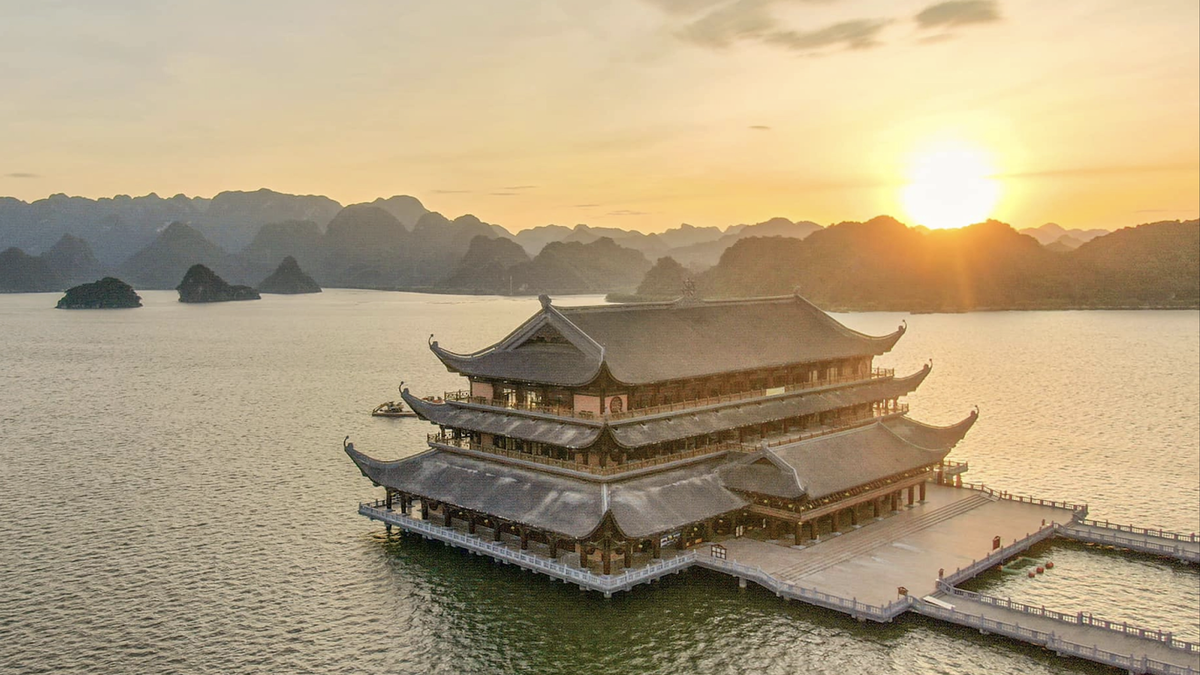



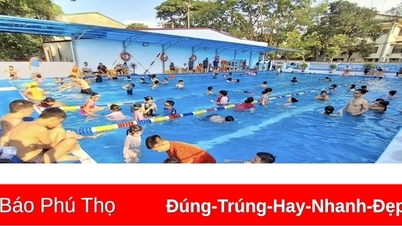

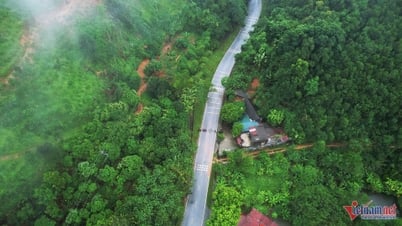



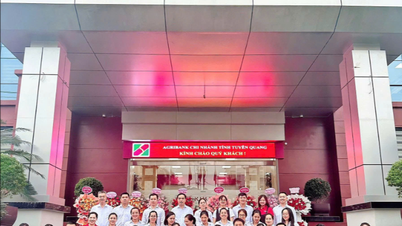

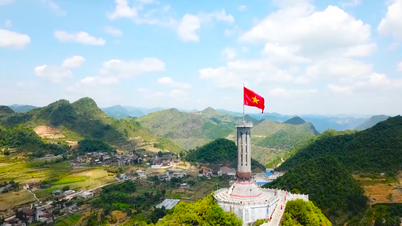
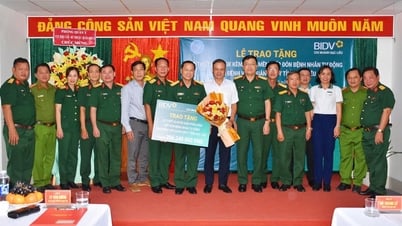
















![[Photo] General Secretary To Lam receives Korean Ambassador to Vietnam](https://vphoto.vietnam.vn/thumb/1200x675/vietnam/resource/IMAGE/2025/6/6/a0765b7543784cbcbfe4755b67d43ab4)


![[Photo] President Luong Cuong works with Hung Yen and Thai Binh Provincial Party Committees on implementing Resolution of the 11th Central Conference, 13th tenure](https://vphoto.vietnam.vn/thumb/1200x675/vietnam/resource/IMAGE/2025/6/6/127b735d2761484d81dcee0d7725a25b)


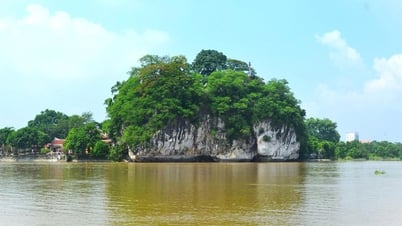

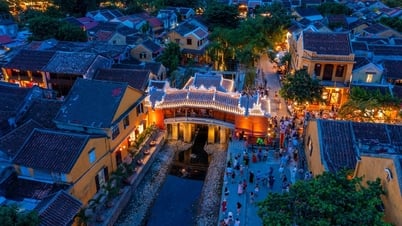





















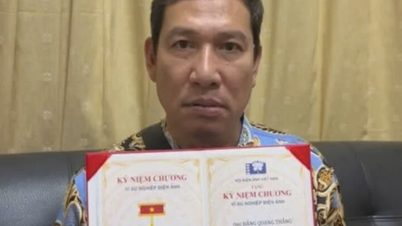












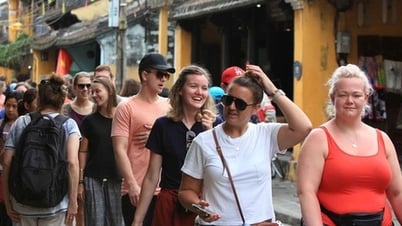

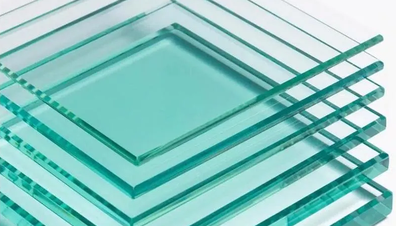

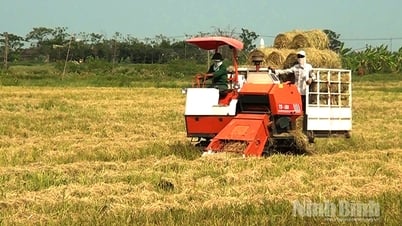





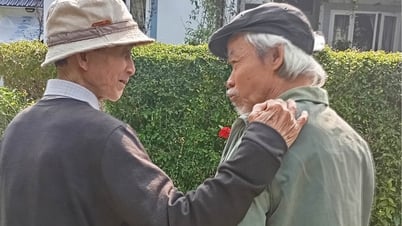

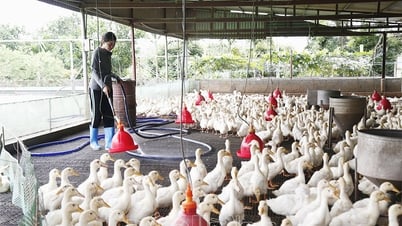






![[OCOP REVIEW] Tu Duyen Syrup - The essence of herbs from the mountains and forests of Nhu Thanh](https://vphoto.vietnam.vn/thumb/402x226/vietnam/resource/IMAGE/2025/6/5/58ca32fce4ec44039e444fbfae7e75ec)





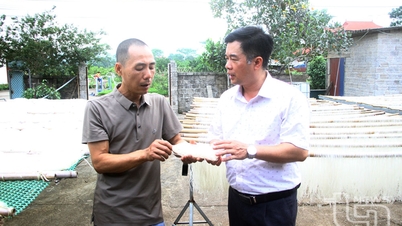


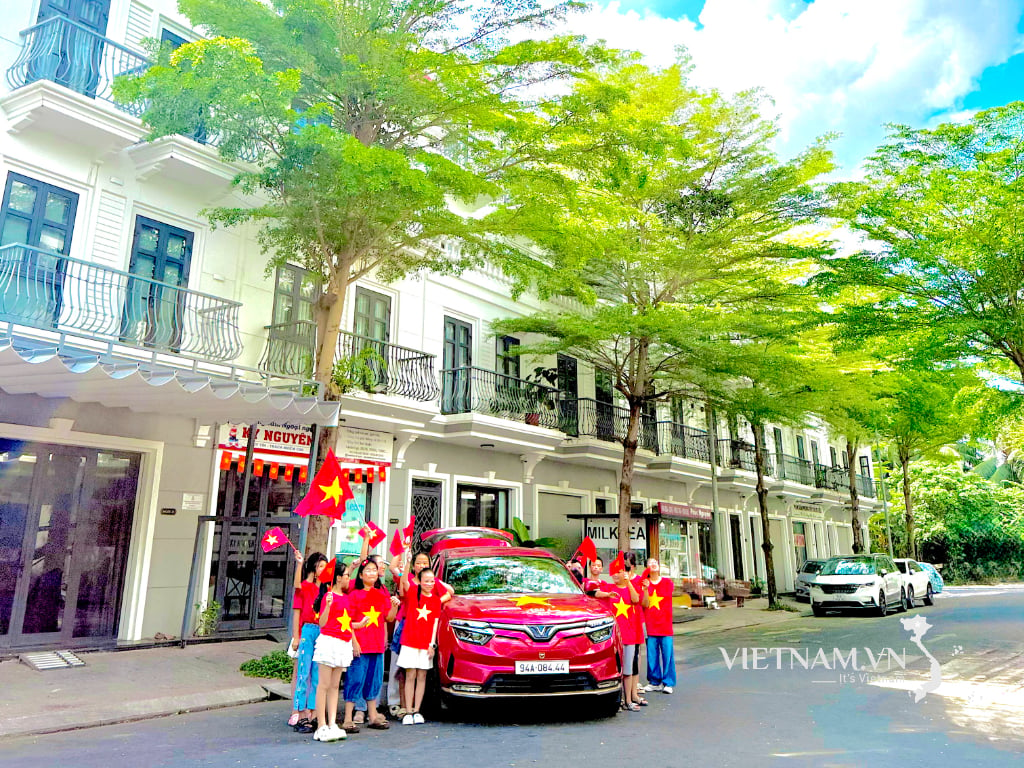
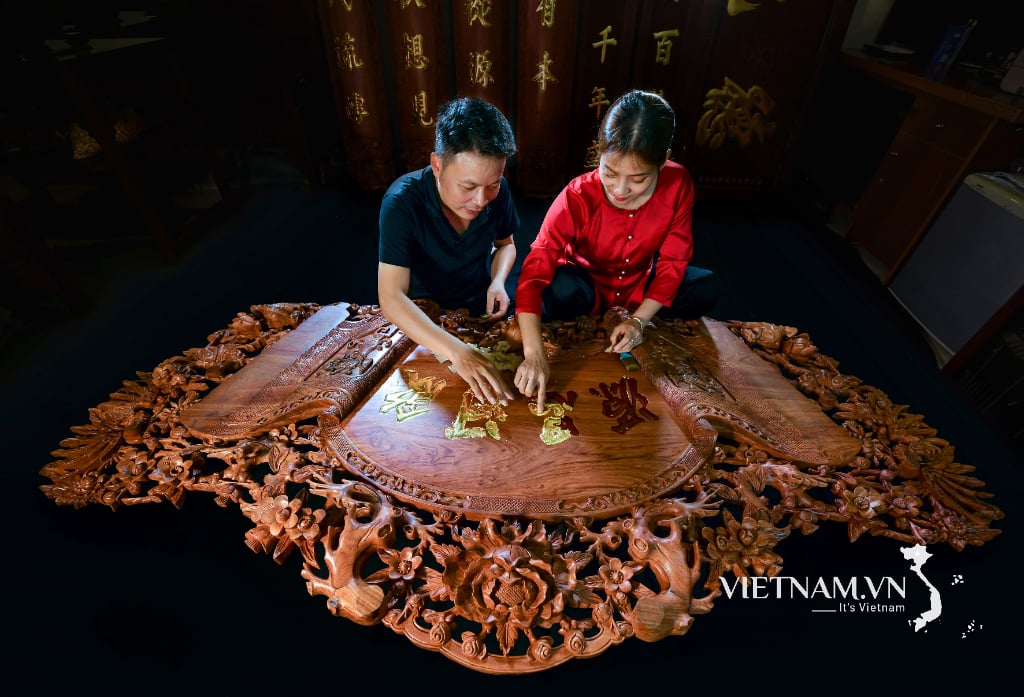

Comment (0)